लंबी उड़ान के बाद आपका स्वागत है—अब जापान में आपका समय शुरू होता है। यहाँ घर के तौर‑तरीके भारत से थोड़ा अलग हैं, खासकर कूड़ा अलग‑अलग करके फेंकना, साझा जगहों को साफ़ रखना, शोर कम रखना, और बाथरूम व लाँड्री के उपयोग के नियम। चिंतित होने की ज़रूरत नहीं—हम ज़रूरी बातें एक‑एक करके समझाएँगे।
बड़े शहरों में अधिकतर परिवार कॉनडो/अपार्टमेंट में रहते हैं; कुल मिलाकर लगभग एक‑तिहाई लोग कॉनडो में हैं। सामान्य परिवार का लेआउट भारतीय समझ में 3BHK जैसा होता है—तीन बेडरूम और एक साझा लिविंग‑डाइनिंग‑किचन (LDK)। नीचे दिया फ़्लोर‑प्लान जगह का अंदाज़ देगा।

English
Welcome after the long trip—your time in Japan starts now. Daily home routines here are a little different from India, especially around waste sorting, being quiet, and how bathrooms and laundry spaces are used. Nothing to worry about—we’ll go through the basics together.
In large cities many families live in condominium apartments rather than standalone houses; roughly one‑third of residents do. A typical family layout is similar to a 2BHK/3BHK: two to three rooms plus a combined living–dining–kitchen (LDK) area. The floor plan above will help you picture the space.
प्रवेश‑स्थान — जूते उतारें / Entrance — Shoes Off
दरवाज़े के अंदर एक छोटा‑सा ऊँचा स्टेप होगा। यहीं रुककर जूते उतारें और दी हुई घर की चप्पल पहनें। जापान में जूते हमेशा प्रवेश पर ही छोड़ते हैं। उतारे हुए जूते सलीके से सीध में रख दें।
Photo caption (English): Shoes off at the entrance; switch to indoor slippers.
फोटो कैप्शन (हिन्दी): प्रवेश पर जूते उतारें, अंदर के लिए चप्पल पहनें।
English
At the entrance there is a small raised step. Stop here, take off your shoes, and put on the indoor slippers provided. Shoes are always left at the entrance in Japan. Please line your shoes up neatly.
शौचालय / Toilet
जापान के ज़्यादातर घरों में टॉयलेट और बाथ अलग‑अलग होते हैं। बहुत छोटे स्टूडियो में ही जगह बचाने के लिए दोनों को साथ रखा जाता है। सुना है कि भारत में पारंपरिक रूप से टॉयलेट और बाथ अलग थे, पर हाल में “वेस्टर्न” संयुक्त लेआउट स्टाइलिश माना जा रहा है और फैल रहा है—सच हो तो यह रोचक अंतर है।
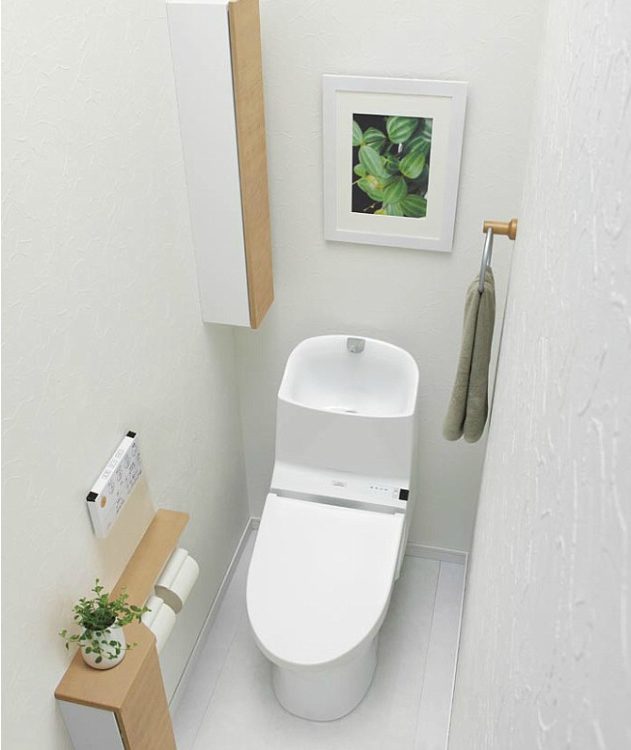
यहाँ आम तौर पर होज़ नहीं, टिश्यू पेपर उपयोग होता है। वॉशलेट लगा हो तो spray से पानी, stop से बंद करें, और दबाव, पानी का तापमान, सीट‑हीटर समायोजित कर सकते हैं। कई टॉयलेट में क्यूबिकल के अंदर छोटा हैंड‑वॉश बेसिन होता है, इसलिए बाथरूम व्यस्त हो तब भी हाथ धोना आसान रहता है।

English
In most Japanese homes the toilet and bath are separate. Very small studio units may combine them purely to save space. I’ve heard that in India they were traditionally separate, but lately the “Western” combined layout is seen as stylish and is spreading—if so, an interesting contrast.
Hoses are uncommon—toilet paper is standard. If there’s a washlet (bidet seat), use the controls: spray to wash, stop to finish, and adjust pressure, water temperature, and the heated seat. Many toilets also include a small hand‑wash basin inside the cubicle so you can wash your hands even when the bathroom is occupied.
Bath / स्नान
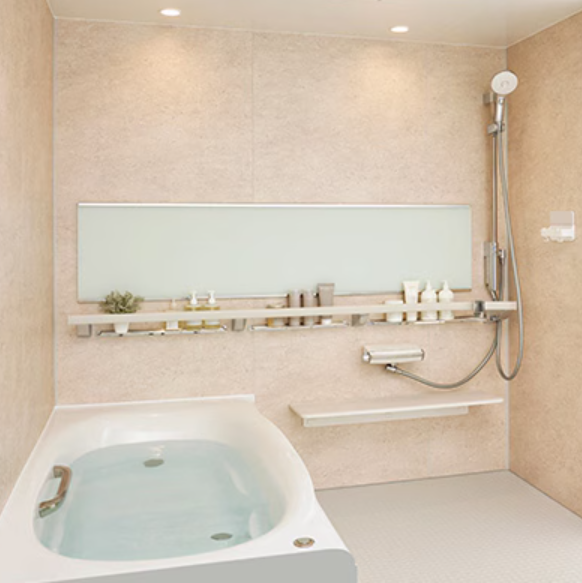
जापान में नहाना प्रायः रात को आराम के लिए किया जाता है। घरों में गहरा टब होता है; चाहें तो बाथ‑सॉल्ट डाल सकते हैं। व्यस्त दिन में शॉवर भी ठीक है, लेकिन कभी टब में बैठकर देखें—गरम पानी थकान कम करता है।
कई टब वन‑टच कंट्रोल वाले होते हैं। करीब 10 मिनट पहले सिस्टम ऑन कर Fill दबाएँ; पानी तय स्तर तक भरकर अपने‑आप रुक जाएगा और तैयार होने की सूचना मिलेगी। पानी ठंडा हो तो मशीन रीहीट करके तय तापमान/स्तर बनाए रखती है।
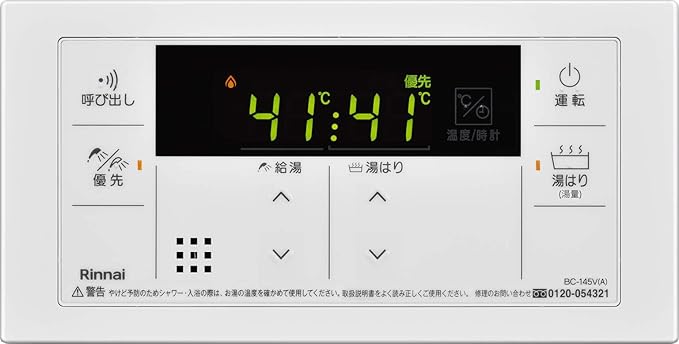
आम तौर पर एक ही पानी परिवार के सभी लोग इस्तेमाल करते हैं। इसलिए पहले टब के बाहर शरीर धोएँ, फिर टब में बैठें। नहाने के बाद शावर से टब और फ़र्श हल्का धो दें, और फैन/ड्रायर चालू कर दें ताकि नमी निकल जाए।
बाथरूम के साथ लॉक‑वाला ड्रेसिंग‑एरिया होता है, इसलिए गोपनीयता सुरक्षित रहती है। दरवाज़े पर बाथ‑मैट बिछाकर बाहर आएँ।
English
In Japan, bathing is usually an evening wind‑down. Most homes have a deep tub for soaking; add bath salts if you like. Showers are fine on busy days, but please try soaking—warm water relaxes muscles and eases fatigue.
Many tubs have one‑touch controls. About 10 minutes before, turn the system on and press Fill; it stops automatically and a chime/voice announces it’s ready. If the water cools, the unit reheats and keeps the set temperature and level.
Families typically share the same bathwater. Please wash your body outside the tub first, then soak. When you finish, lightly rinse the tub and floor with the shower, and switch on the fan/dryer to clear humidity.
The bathroom connects to a changing area with a lock, so privacy is protected. Place the bath mat at the door and step out onto it when you finish.
कमरे और सोना / Rooms & Sleeping
जापानी घरों में पारंपरिक रूप से ततामी—इगुसा (रश घास) की सुगंधित बुनी चटाइयाँ—बिछती थीं, और उन्हीं पर फ़ुतों बिछाकर सोया जाता था। आज अधिकतर अपार्टमेंट में वुड फ़्लोरिंग और कुर्सी‑सोफ़ा हैं, फिर भी कई परिवार एक ततामी‑कमरा रखते हैं या बिस्तर की जगह फ़ुतों चुनते हैं। ततामी कमरे में आम तौर पर फ़र्श पर बैठते हैं।
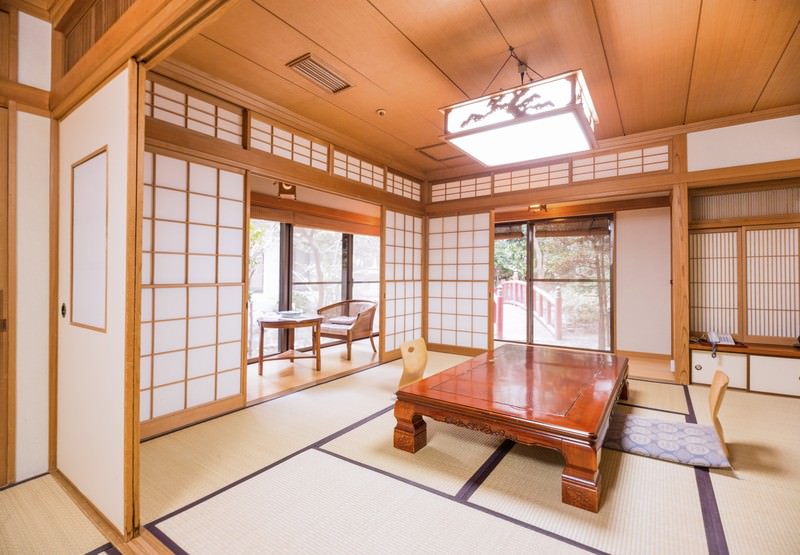
ततामी कमरे में लकड़ी और कागज़ के सरकने वाले दरवाज़े (शोज़ी/फुसुमा) अधिक होते हैं, इसलिए जापान को कभी‑कभी “लकड़ी की संस्कृति” कहा जाता है। ये सामग्री नाज़ुक दिख सकती हैं, पर भूकम्प‑तूफ़ान वाले देश में हल्की, लचीली और आसानी से मरम्मतयोग्य होना फ़ायदेमंद है—टूटा हिस्सा बदलिए, पूरा घर नहीं यही सोच से पुराने भवन सँभाले जाते हैं।
फ़ुतों सुबह मोड़कर रख दिया जाता है, इसलिए वही कमरा दिन में दूसरे कामों के लिए खुला रहता है। हम भी घर में फ़ुतों इस्तेमाल करते हैं। यह स्प्रिंग वाले गद्दे से कड़ा लगता है, इसलिए कूदकर न पड़ें, आराम से लेटें।
English
Japanese homes traditionally used tatami—sweet‑smelling woven rush (igusa) mats—and people slept on futons laid directly on them. Modern apartments usually have wood flooring with chairs and sofas, yet many families still keep one tatami room or choose a futon instead of a bed. In a tatami room you generally sit on the floor.
Because tatami rooms use a lot of wood and paper (sliding shōji/fusuma doors), Japan is often described as a “wood culture,” unlike Europe’s “stone culture.” These materials may look delicate, but in a country of earthquakes and typhoons, being light, flexible, and easy to repair is an advantage; historic wooden buildings are preserved by replacing parts rather than the whole.
A futon folds away in the morning, so the same room can serve as living space during the day. We also use futons at home. They’re firmer than a spring mattress, so please don’t jump onto them—lie down gently.
Kitchen
रसोई में ज़रूरी सबकुछ है—चूल्हा, माइक्रोवेव/ओवन, राइस‑कुकर, बर्तन, चाकू, कटिंग बोर्ड और प्लेट‑कटोरी। बेलन और आटा (atta) तो नहीं मिलेगा, और मसालों का रैक भी घर जितना समृद्ध नहीं होगा; पर बदले में कुछ जापानी खिलौने हैं—बिल्ट‑इन फ़िश ग्रिल और एक बटन में बढ़िया चावल बनाने वाला राइस‑कुकर। इसे छोटे‑से किचन ट्रेज़र‑हंट की तरह समझिए—निःसंकोच जो चाहें आज़माएँ। सामग्री और उन्हें कहाँ से खरीदें, इसकी जानकारी आगे “खाना” वाले भाग में देंगे।
English
The kitchen has all the basics—stove, microwave/oven, rice cooker, pots and pans, knives, boards, and tableware. You won’t find a belan or atta, and our masala rack is modest. But in return you’ll meet some very Japanese gadgets: a built‑in fish grill and a rice cooker that makes perfect rice at the push of a button. Think of it as a little kitchen treasure hunt—please explore and use whatever you like. We’ll cover ingredients and where to buy them in the food section.
कपड़े धोना / Laundry
वॉशिंग मशीन बाथरूम में है और उसमें ड्रायर फ़ंक्शन है। Wash & Dry चुनकर चलाएँ—कपड़े सूखे निकलेंगे। डिटर्जेंट मशीन के पास रखा है। जिन कपड़ों को आप टम्बल‑ड्राई नहीं करना चाहते (जल्दी सिलवट पड़ने वाले या नाज़ुक कपड़े), उन्हें बाथरूम में टाँगें और बाथरूम ड्रायर/फ़ैन चला दें। सेटिंग समझ न आए तो बस बताइए, हम मदद कर देंगे।
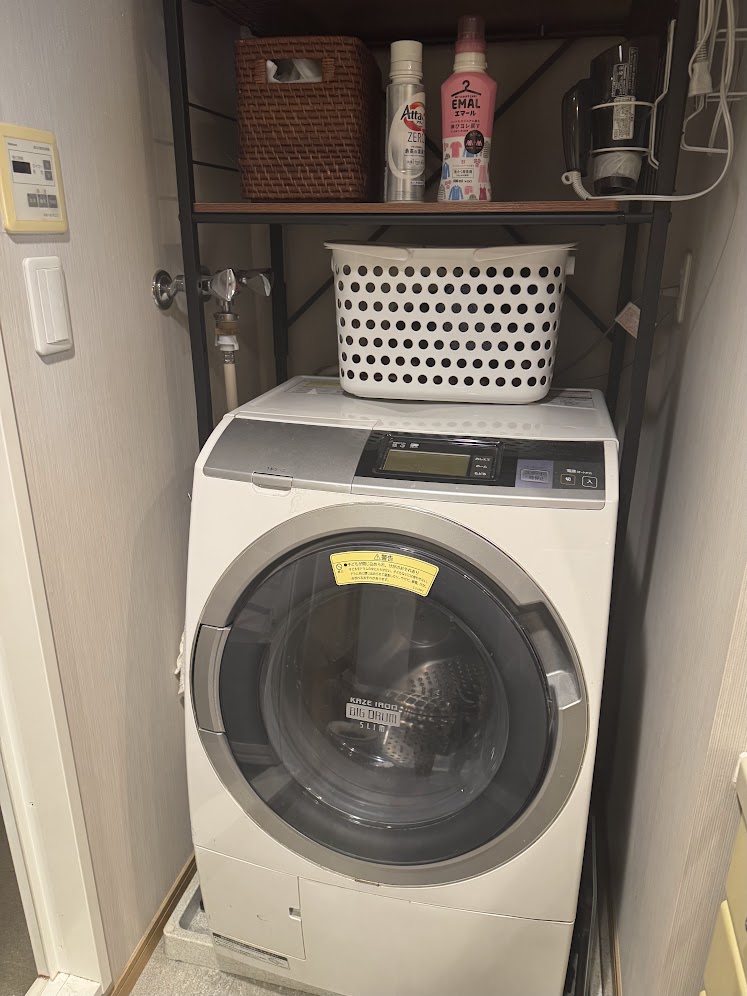
English
Our washing machine is in the bathroom and has a dryer function. Select Wash & Dry and let it run; clothes will come out dry. Detergent is beside the machine. For items you don’t want tumble‑dried (easily wrinkled or delicate fabrics), hang them in the bathroom and run the bathroom dryer/vent. If any setting is unclear, we’ll help—just ask.
कचरा और रीसाइक्लिंग / Waste & Recycling
जापान में कचरे को बारीकी से अलग करना पड़ता है ताकि जितना हो सके रीसाइक्ल किया जा सके। नीचे दी श्रेणियों के अनुसार हमें अलग करना होता है। नगर‑निगम हर श्रेणी को तय वार के दिन उठाता है। घर में इन्हीं के लिए अलग‑अलग डिब्बे रखे हैं, और हमारी बिल्डिंग की पहली मंज़िल पर 24‑घंटे खुला कचरा कमरा (disposal room) है, जहाँ निवासी कभी भी कचरा डाल सकते हैं।
- संसाधन (रीसाइक्ल‑योग्य) कचरा: कागज़, प्लास्टिक, PET बोतलें, डिब्बे (कैन), काँच की बोतलें — धोकर और सुखाकर डालें।
- न‑जलने वाला कचरा: धातु, सिरेमिक/चीनी‑मिट्टी, छोटे विद्युत/घरेलू उपकरण।
- जलने वाला कचरा: बाकी लगभग सब — खाद्य अवशेष, टिश्यू, उपयोग किया कागज़ आदि।
- बड़े फ़र्नीचर/उपकरण: नगर‑निगम की वेबसाइट पर बुल्की‑वेस्ट पिकअप बुक करें और शुल्क जमा करें।
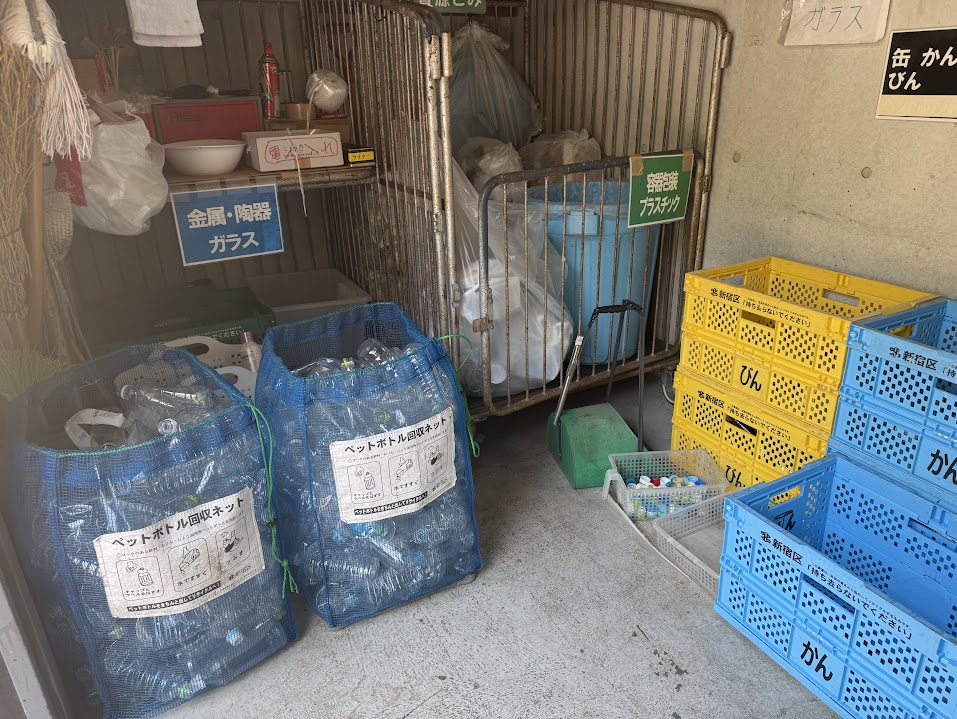
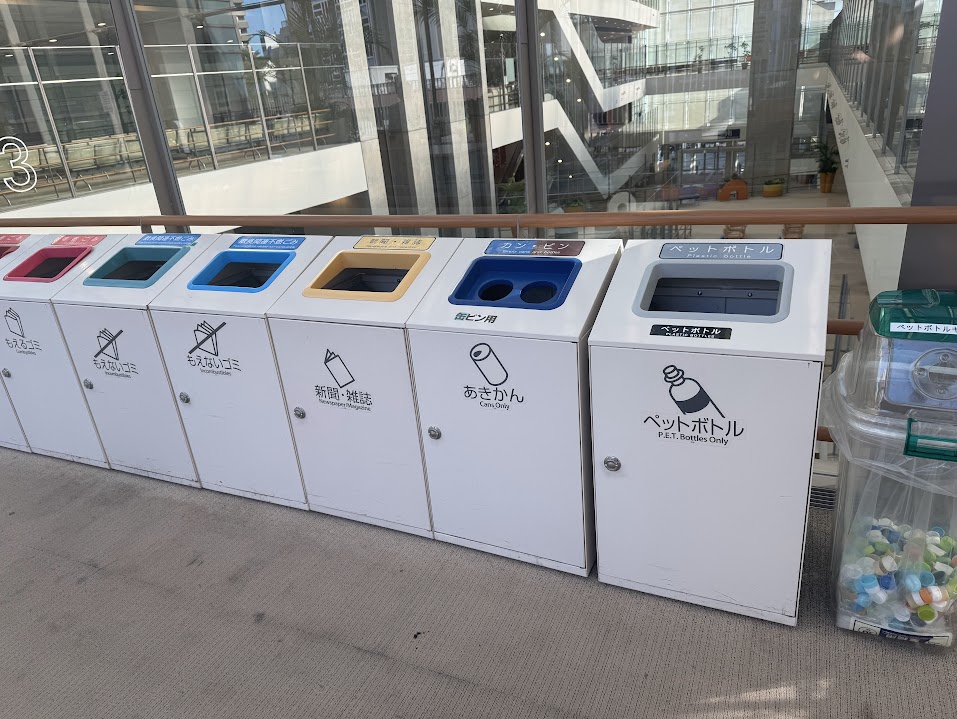
जापान में सार्वजनिक जगहों को साफ़ रखना महत्वपूर्ण माना जाता है। बच्चों को शुरुआती कक्षाओं से ही स्कूल में रोज़ सफ़ाई करना सिखाया जाता है, और साफ़‑सुथरा माहौल नागरिक गर्व का विषय है। अलगाव में संदेह हो तो बता दीजिए—हम मदद कर देंगे।
English
Japan’s waste system is quite different from India’s. Rubbish is sorted in detail so as much as possible can be recycled. We have to separate items as below; the ward/city collects each category on specific weekdays. We keep matching bins at home, and our building has a 1st‑floor garbage station that residents can use any time.
- Resource waste: Paper, plastics, PET bottles, cans, and glass bottles. Rinse and dry before putting them out.
- Non‑burnable waste: Metals, ceramics, and small appliances.
- Burnable waste: Almost everything else—food scraps, tissues, used paper, etc.
- Large furniture & appliances: Book a bulky‑waste pickup online and pay the fee.
Keeping public spaces clean is taken seriously in Japan. From the early grades, children clean their own classrooms every day, and many people regard tidy surroundings as a point of civic pride. If you’re ever unsure about sorting, just ask—we’ll help.